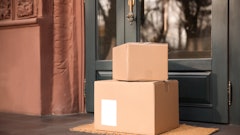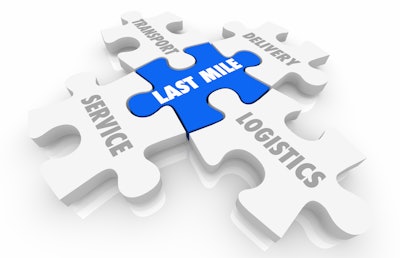
The last mile has always been the most crucial, and in 2025, the logistics world is implementing some intriguing ways to overcome challenges that have plagued the industry for years. Shipping rates are climbing, retailers are struggling to balance speed and cost, and the increasing complexity of fulfillment is putting pressure on businesses to adapt.
Consumers have come to expect near-instant fulfillment, putting even more strain on an industry already grappling with rising costs and infrastructure constraints. According to the Baymard Institute, 41% of e-commerce sites don’t provide an estimated delivery date when customers select a shipping option, which increases friction and leads to cart abandonment.
This lack of transparency hurts sales, while clear delivery options drive growth. A Roadie survey last year found that 80% of companies that implemented same-day delivery reported higher revenues per order and 77% increased net new sales.
Getting the last mile right offers an excellent customer experience, especially as e-commerce gets more competitive. The International Trade Administration forecasts the B2C e-commerce market will grow to $5.5 trillion by 2027.
There are plenty of obstacles in the way, but forward-thinking retailers can turn these last-mile challenges into opportunities for growth.
Rates on the rise
Shipping costs are escalating at every level, driven largely by USPS rate hikes, which took effect earlier this year. With USPS Ground Advantage and Parcel Select seeing increases of up to 9.2%, retailers are being forced to rethink their delivery strategies.
For retailers, absorbing these costs is unsustainable, yet passing them on to consumers risks alienating shoppers who have come to expect free and fast shipping. Alternative delivery models like crowdsourced and gig-based networks are emerging as viable solutions, offering retailers a way to fulfill last-mile deliveries without the rigid pricing structures of traditional carriers.
Many retailers are still subsidizing free delivery, even though it’s eating into their margins. The long-term sustainability of this model is in question, and businesses are looking for ways to optimize delivery networks so they can continue offering competitive shipping options without absorbing unsustainable losses.
Retailers are also experimenting with hybrid fulfillment models that utilize both national carriers and local delivery networks to optimize costs. Some businesses are expanding their micro-fulfillment centers closer to consumers, reducing the reliance on long-haul transportation and minimizing delivery windows.
Handling growing volume
The volume of shipments is increasing at a pace that outstrips traditional logistics infrastructure. The challenge isn’t just moving more packages — it’s doing so efficiently while keeping costs in check. This is where artificial intelligence (AI) and predictive logistics are proving invaluable.
AI allows companies to optimize routes in real time, consolidating deliveries and reducing inefficiencies. By analyzing delivery density, AI can match lower-priority shipments with existing routes, essentially subsidizing small-package deliveries by pairing them with larger, more profitable ones.
Retailers are also investing in automated dispatch systems that can dynamically assign orders to the most efficient carrier or fulfillment method. Machine learning predicts traffic patterns, delivery windows and consumer habits, which also helps businesses make more informed logistics decisions. This flexibility allows for cost savings and ensures that shipments reach consumers in the fastest, most cost-effective way possible.
Another key factor in handling growing volume is the integration of smart warehousing solutions. Automated picking and sorting technologies, including robotics, are streamlining the movement of goods within fulfillment centers. This level of automation enables retailers to process higher volumes without sacrificing accuracy or efficiency, ultimately leading to better delivery performance.
Managing complex networks
The last mile isn’t just about getting a package from a warehouse to a doorstep — it’s about managing the sheer unpredictability of fulfillment at scale. Last-mile delivery involves a staggering number of variables: fluctuating package volume, varying delivery locations, and the challenges of handling big and bulky items alongside standard parcel shipments. Retailers face pressure to meet same-day or next-day shipping expectations without breaking their budgets.
One key challenge is delivery density. Retailers and logistics providers are asking how they can bundle more deliveries together to drive down costs and whether certain types of shipments — like the lightweight packages that would have gone through USPS before the recent price hikes — can be integrated into their networks without increasing expenses.
Big and bulky deliveries add another layer of difficulty. Consumers expect large-item shipping to be just as seamless as getting a book or a pair of shoes delivered, but traditional freight models don’t support that kind of flexibility. Retailers need ways to integrate large-item shipping into their existing last-mile solutions without massive cost increases. Some are testing new fulfillment strategies, such as cross-docking facilities that consolidate shipments closer to end consumers to reduce transit time and expense.
In 2025, last-mile success isn’t just about delivering faster — it’s about delivering smarter. Retailers that can integrate advanced logistics technology, diversify their delivery options, and optimize fulfillment networks will be better positioned to meet the demands of the modern consumer.






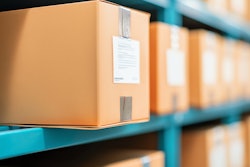



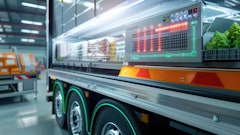




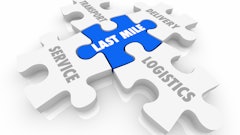
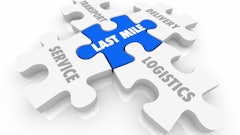
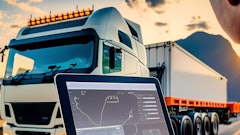
![Pros To Know 2026 [color]](https://img.sdcexec.com/mindful/acbm/workspaces/default/uploads/2025/08/prostoknow-2026-color.mduFvhpgMk.png?ar=16%3A9&auto=format%2Ccompress&bg=fff&fill-color=fff&fit=fill&h=135&q=70&w=240)
